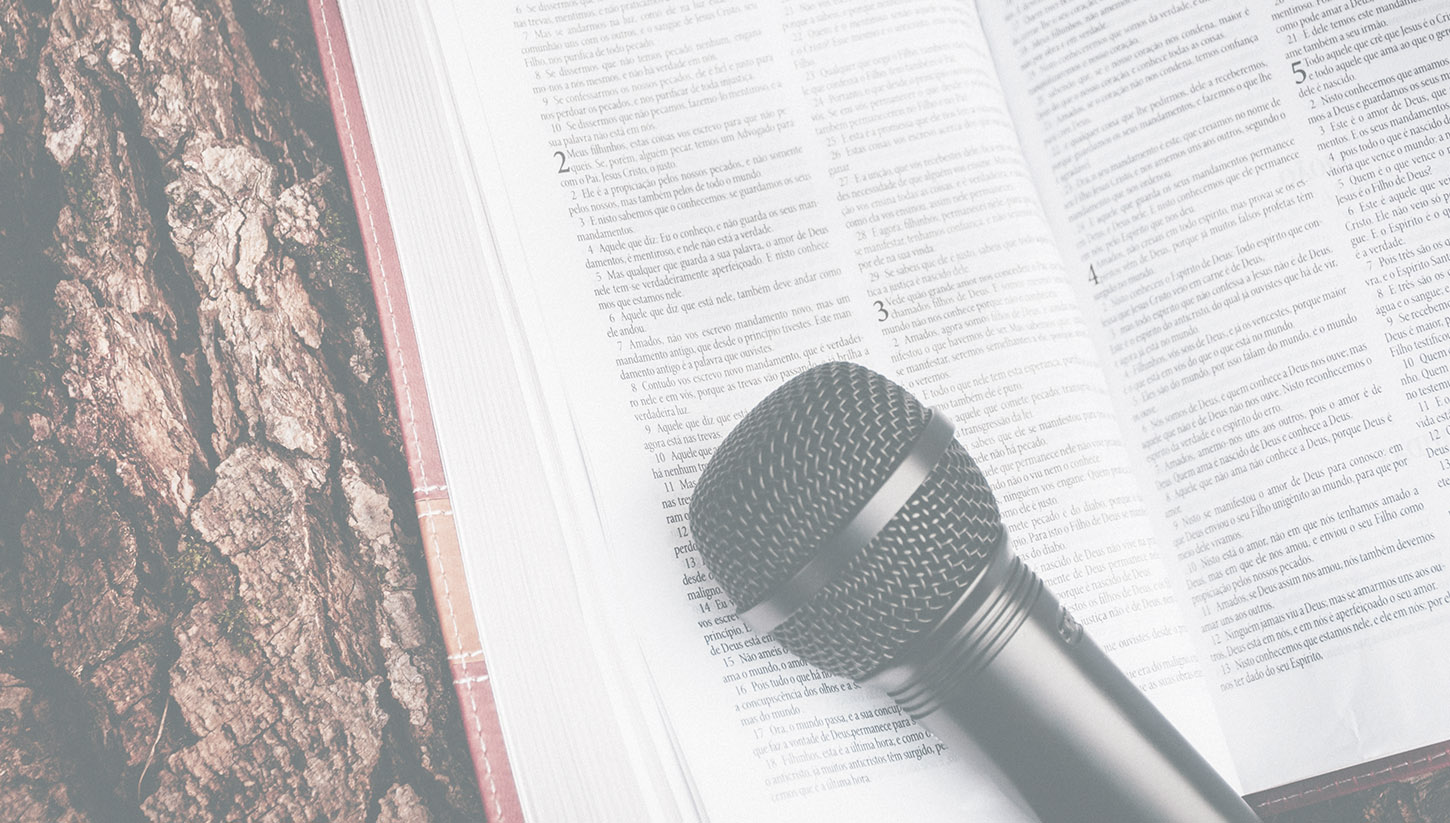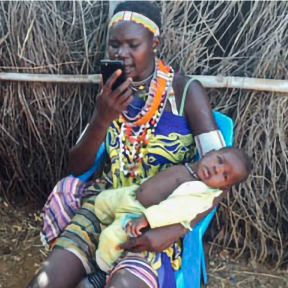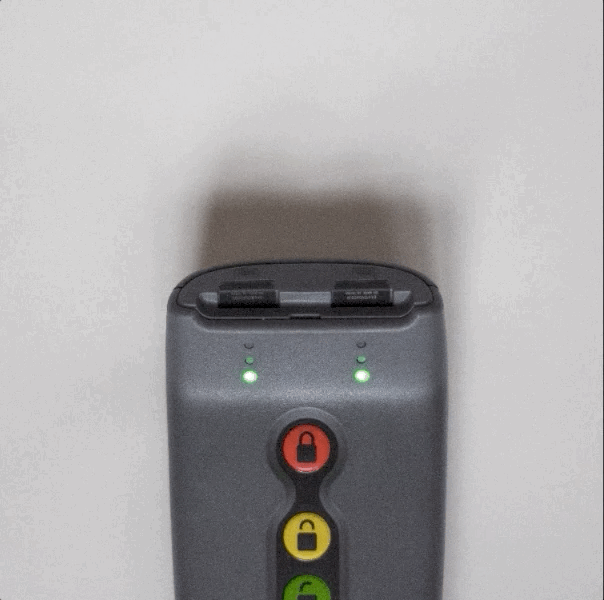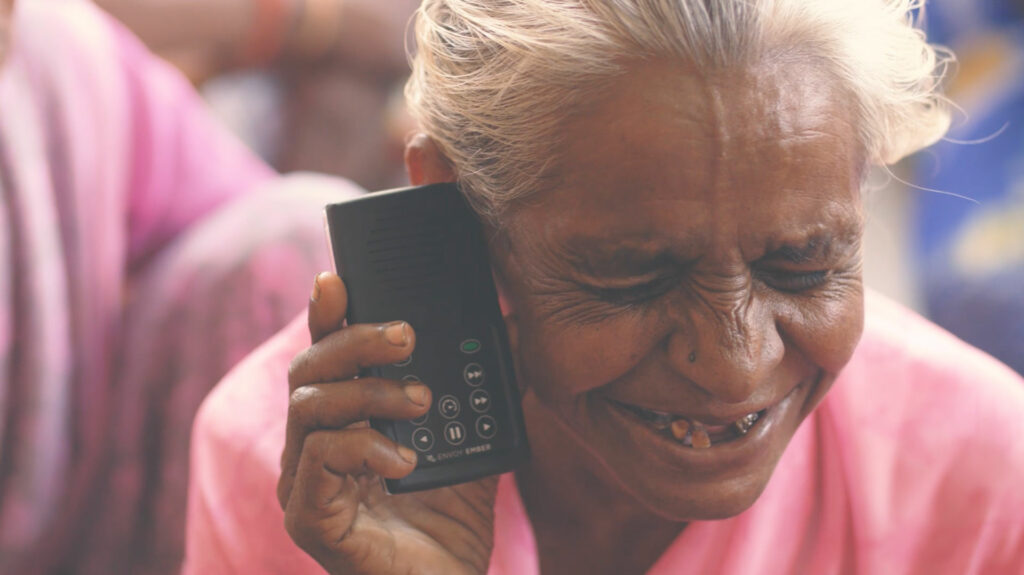Recording audio in the mission field doesn’t have to involve expensive, delicate equipment or professional operators. Armed with common technology and a couple helpful hints, you can record high-quality audio to help advance the Kingdom.
Why record audio in the field?
The ability to record audio in the field allows your ministry organization to provide personalized, highly-relevant information for your audio Bible recipients, for example:
- customized health information
- infant care
- nutrition guidance
- hygiene instructions
In addition, you can also record teachings by local pastors in regional languages/dialects and load them onto audio Bibles. This is incredibly valuable because it helps distribute relevant teachings and elevate the local church.
MegaVoice ministry partners International Mission Board (IMB) and the e3 Partners work with the Toposa people in South Sudan. They empower the Toposa community to write songs (in their Nilotic language) to help them remember scripture. This customizable approach allows workers to deliver material appropriate to each believer’s individual spiritual journey. Similarly, as they mature, the material can be updated to foster ongoing growth.
Pictured here, a Toposa woman records a song she wrote to help her remember the components of a healthy church taught in Acts 2. The song is then loaded onto MegaVoice devices.
How to Record High-Quality Audio
All you need to record high-quality audio in the field is a quiet area to record, a smartphone, and a laptop.
Quiet Area to Record
First, find a quiet area. Two of the most convenient and effective places to record audio is inside a car and inside a closet. The soft upholstery of a car interior, as well as the hanging clothes inside a closet, help to damper pesky echos. Most importantly, ensure that the surroundings are quiet and that you won’t be disturbed while you record.
Smartphone
Next, pull out your smartphone! Audio recorders that come standard on most smartphones are more than adequate for ministries that don’t want to invest in specialty audio equipment.
Make sure that the smartphone is placed at least a foot away from the speaker’s mouth. Also, try to reduce any movement in the recording area. Turning pages or rustling clothes will all be picked up on the recorder.
Laptop
Finally, once you’ve finished recording your audio, transfer it to a laptop. Make edits or adjustments using Audacity, a free audio editing software. Format the audio files and load them onto a microSD card. It’s now ready to be loaded into the MegaVoice audio Bible!
Make sure your recorded audio files are protected from being overwritten by using the SAFE from MegaVoice to temporarily lock or permanently lock your microSD cards.




